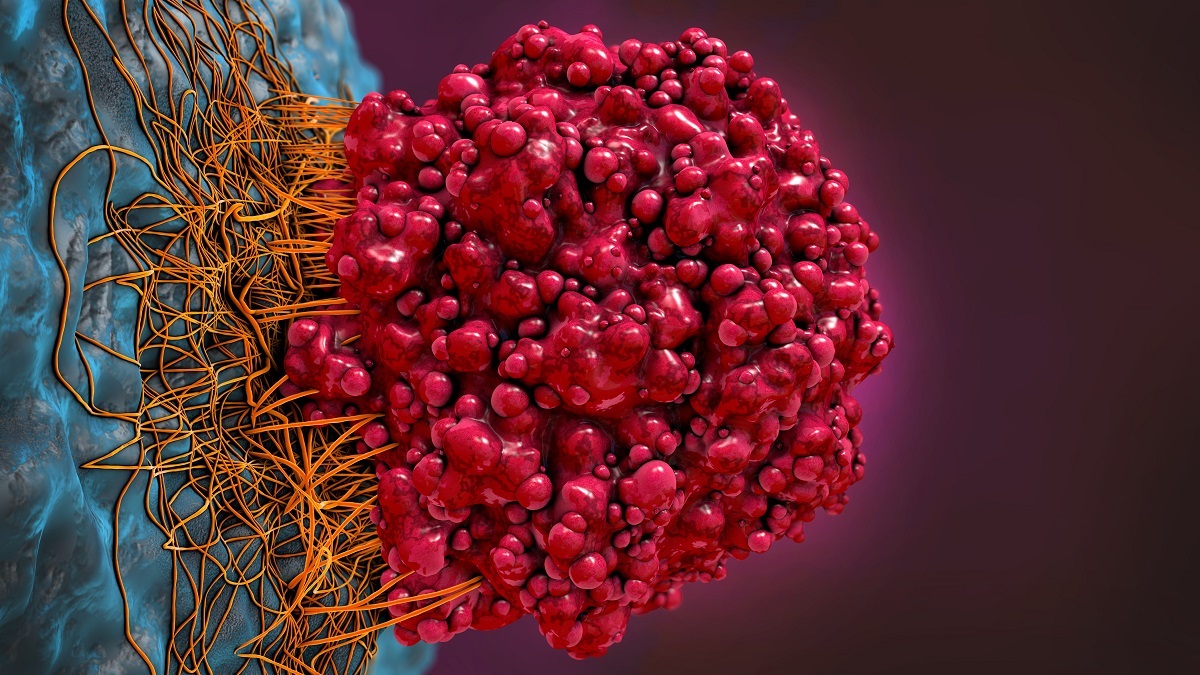KEY TAKEAWAYS
- The study aimed to investigate the real-world efficacy and safety of the Ram plus pac combination as a 2L treatment for advanced GC/GEJC.
- Ram plus pac demonstrates significant survival benefits similar to RAINBOW study findings, with no new safety concerns in real-world use.
Ramucirumab plus paclitaxel combination (Ram/Pac) has been established as a second-line (2L) treatment, and new clinical trials use it as a standard of care. They previously reported retrospective real-world data (RWD) of Ram/Pac (K-RWE) in 2021. Considering the limitations of retrospective study, they conducted a prospective real-world study.
Dae Young Zang and the team aimed to investigate the real-world efficacy and safety of Ram/Pac in patients with advanced gastric or gastroesophageal junction adenocarcinoma (GC/GEJ).
Researchers performed an inclusive analysis by prospectively collecting RWD, including efficacy and adverse events (AE), from patients receiving Ram/Pac for GC/GEJ across 18 institutes in Korea (Prospective cohort). Data from clinically matched patients who received prior 2L chemotherapy (e.g., paclitaxel monotherapy or FOLFIRI) were retrospectively obtained for comparison (Retrospective cohort). Additionally, outcomes from the prospective cohort were compared with those reported in the RAINBOW study using matching adjusted indirect comparison (MAIC).
About a total of 222 patients were enrolled, from June 2021 to July 2022 in the prospective cohort. The retrospective cohort included 222 matched patients who received 2L chemotherapy between 2006 to 2021. Overall survival (OS) was significantly longer in the prospective compared to the retrospective cohort (median 10.5 vs. 6.7 months, HR 0.65, 95% CI 0.52-0.81, P< 0.001). Progression-free survival (PFS) was also superior in the prospective cohort (median 6.2 vs. 3.4 months, HR 0.53, 95% CI 0.43-0.65, P< 0.001).
The objective response rate (ORR) was 30% (CR 2% and PR 28%). Grade 3 or higher adverse events occurred in 54.1% of patients, including neutropenia (30.2%), anemia (7.2%), neuropathy (1.4%), and hypertension (1.4%). In the MAIC analysis, OS was similar between the prospective cohort and the RAINBOW study (median OS: 10.1 vs 9.8 months, HR 0.93, 95% CI 0.73-1.17, P= 0.526). However, longer PFS was observed in the prospective cohort (median PFS: 6.0 vs 4.3 months, HR 0.68, P< 0.001).
The study concluded that Ram plus pac provides significant survival benefits consistent with the RAINBOW study in real-world use, with no new safety signals detected.
The trial was sponsored by the Hallym University Medical Center.
Source: https://cslide.ctimeetingtech.com/esmogi24hybrid/attendee/confcal/show/session/3
Clinical Trial: https://clinicaltrials.gov/study/NCT04915807
Zang D.Y, Maeng C.H, Kim J.Y, et al. (2024). “A prospective study for real-world data (RWD) of ramucirumab plus paclitaxel in patients with locally advanced unresectable or metastatic gastric or gastroesophageal junction adenocarcinoma (KCSG ST21-06).” Presented at ESMO-GI 2024 (Abstract 446P).



